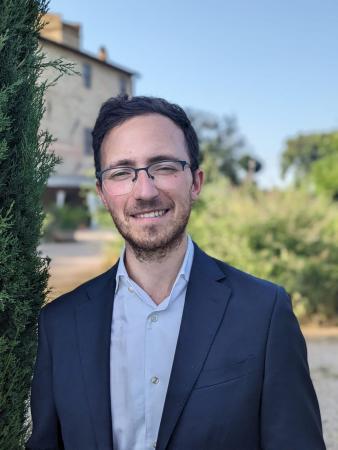
Francesco Sciortino
Francesco Sciortino
Proxima Fusion
Tuesday, November 28, 2023
12:00pm
NW17-218 Hybrid
Abstract: Tokamaks and stellarators offer different trade-offs between design complexity, construction feasibility and ease of operation. Whereas tokamaks are an excellent platform for magnetic confinement fusion research, stellarators present features that make them more attractive for fusion power plants. By leveraging a greater number of degrees of freedom, stellarators can be optimized for greater engineering feasibility.
Proxima Fusion is a startup based in Munich, Germany. It is the first spin-out company from the Max Planck Institute for Plasma Physics (IPP), which built and operates W7-X, the most advanced stellarator on the planet. Proxima was founded by a team from the IPP, the MIT-PSFC, and Google-X, with the ambition to implement an “engineering-first” design philosophy for a fusion concept that can truly aim for all-rounded coherence. The company is committed to the concept of “quasi-isodynamic” (QI) stellarators, which present no net toroidal current within the plasma. In the absence of currents, current-driven instabilities are eliminated, and engineering constraints can be significantly relaxed. Combined with high magnetic field strengths and recent results demonstrating unexpected flexibility in stellarator optimization, QI stellarators make a compelling case compared to any other magnetic confinement fusion concept, while maintaining the ability to leverage decades of public research. Building on the legacy of W7-X, and in partnership with leading scientific and technology fusion institutions, Proxima Fusion aims to deliver a demonstration of effective net-energy in steady-state by 2031.
Bio: Dr. Francesco Sciortino is a co-founder and CEO of Proxima Fusion, a startup based in Munich, Germany. Originally from Italy, he completed his undergraduate degree in physics at Imperial College London, spending one year at EPFL to work on a master thesis at the TCV tokamak. He did his PhD at the MIT-PSFC between 2016 and 2021, focusing on particle transport and spectroscopy in the Alcator C-Mod and DIII-D tokamaks; his thesis was awarded the Piovesan Award. After his PhD, he joined the Max Planck Society in Garching to work on divertor spectroscopy and modeling, also taking on the role of EUROfusion coordinator for negative triangularity scenarios. During this time, he became more familiar with the achievements of W7-X and the promise of QI stellarators. In early 2023, he and his cofounders brought Proxima Fusion to life.